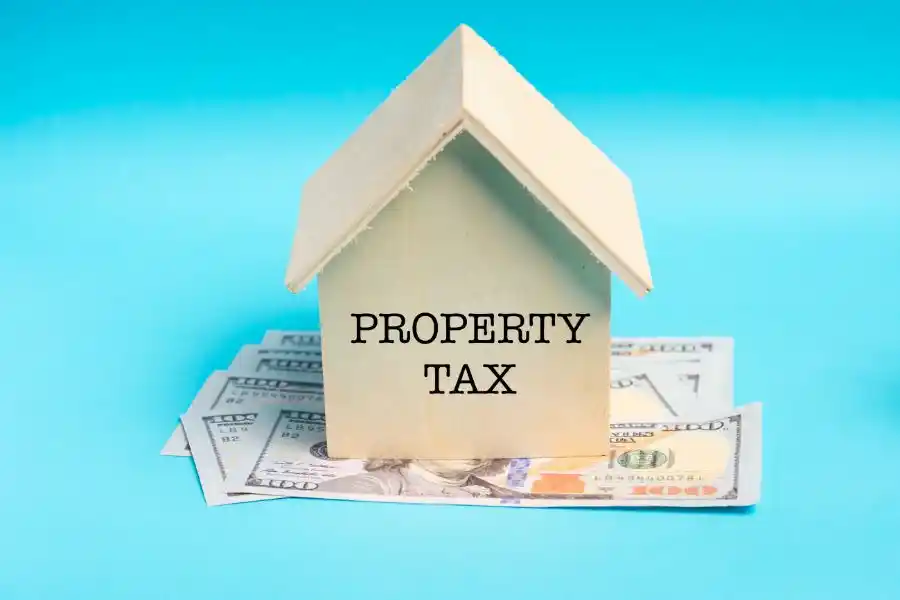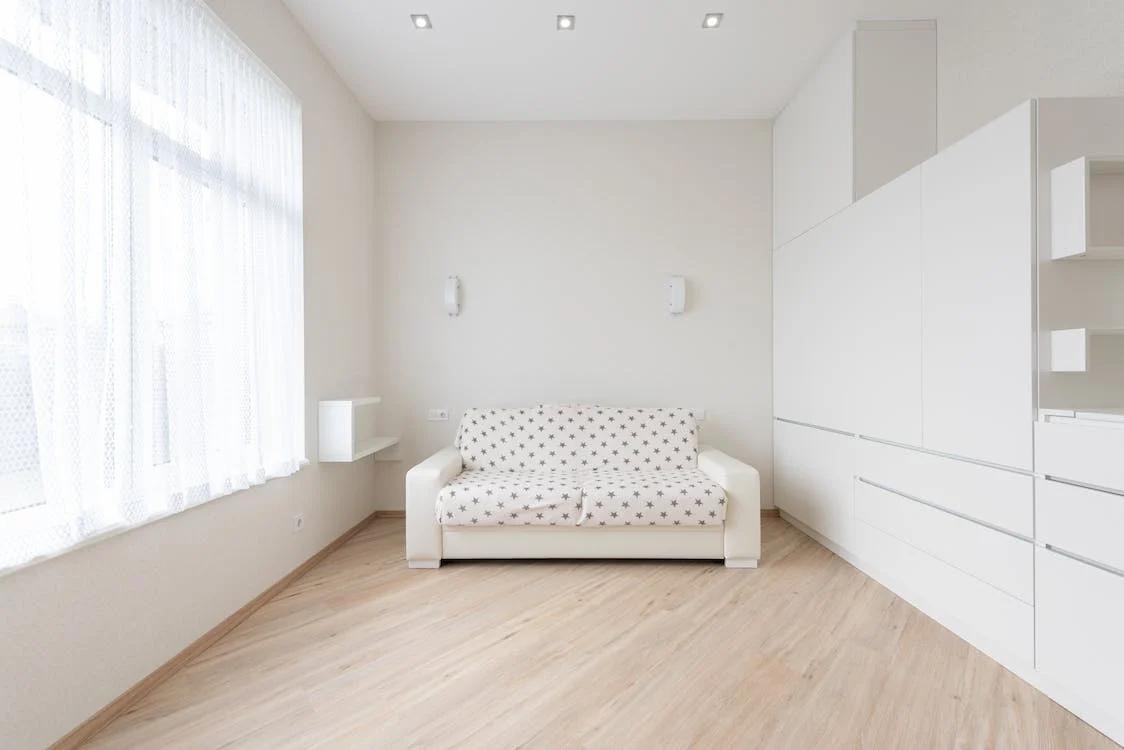Step-1: Learn About NYC Rental Laws
Before you rent out your condo (or any other housing unit) in NYC, you need to learn about the rental laws in the city. These laws cover topics such as the following:
- Security deposit can’t be more than a month’s rent.
- Late fees can only be charged if the tenant hasn’t paid within five days of the due date. And it can’t be more than $50 or 5% of the rent, whichever is lower.
- The application fee (which also includes the background check) cannot exceed $20.
- Move-in costs in a condo can be passed on to the tenant.
- Providing legal notice to the tenants of your intent to increase the rent by more than 5% at least 30 days in advance.
The laws protecting tenants’ rights may change in the future so it’s important to learn about the current laws before you rent out and to keep updating your knowledge of these laws as a landlord.
Step-2: Learn About Your Rights and Responsibilities As A Landlord
You are legally obligated to provide your tenants with living space that is “safe, decent, and sanitary.” This is considered the warranty of habitability, and it’s an implied part of every lease. It means that even if it’s not explicitly defined or stated in the lease, you are legally bound to maintain your property for decent standards of living. The basic responsibilities of a landlord include hot water, heat, safety, and proper lighting. As a condo owner, you will be sharing a lot of these responsibilities with the condominium management, as they would be responsible for heat, electricity, etc. However, the tenant has the right to contact you if their problems aren’t resolved on time.
It’s also important to learn what your rights are. You have the right to access the property to ensure that it hasn’t been abused or is subjected to gross negligence. You should also know the conditions under which you can give an eviction notice before the lease is up.
Step-3: Go Through The Subletting Rules Of Your Condominium Board
As the owner of the condo, you usually have the right to rent out your apartment to a tenant without the condo board getting in the way, but they may have certain rules regarding rentals that you may need to adhere to. These rules may include a minimum length of lease, written notification to the condo board whenever you get a new tenant, paying a lease fee, etc.
Step-4: Research The Market
To determine how much rent you can charge, you need to research the market, starting with your own condominium building. The most recently rented-out apartments in your building would make the best points of comparison (or comps). The closer they resemble your own condo, the better, at least in square footage and type (2-bed, 4-bed, etc.). You can also look into rental condos in nearby buildings. If you do not have any comps in your own building, then make sure you take the amenities of other condo buildings you might be researching for comps, as more amenities might allow you to charge a slightly higher rent. From a rental income perspective, your goal should be to figure out the optimal rent figure – High enough to realize the full potential of your condo but not so high that it sits in the market for too long. A real estate agent can help you a lot at this stage.
Step-5: Advertise Your Condo
Look into the rental listing options you have at your disposal. If you are working with an agent, they may provide you access to the listings, but you can also rent it out yourself. StreetEasy and Zillow both offer For Rent By Owner (FRBO) services. StreetEasy charges $185 for two weeks listing while Zillow’s basic listing is free (premium is $29.99), but just these two may give you access to roughly 80% of NYC’s real estate market. Cost is an important factor to consider when you are looking for the right advertising option for your condo rental, but you should prioritize the option that may give you the best chance of finding your ideal tenant.
Step-6: Develop A Realistic Vision For Your Ideal Tenants
The ideal tenant has strong financials, pays the rent on time, doesn’t damage the property, keeps the place clean, communicates the maintenance/repair needs promptly, and maintains healthy communications. You may not be able to get all of these traits in a tenant so you should set your priorities and screen your tenants accordingly.
Step-7: Screen Your Tenants
When you are evaluating a tenant, it’s important to learn about the Fair Housing Act (FHA), which lays out all the factors you can’t reject a tenant for. This covers all discriminatory reasons like race, color, religious beliefs, etc. But there are legitimate reasons you can reject a tenant, including a bad credit history, red flags in their background check, or a bad review from the past tenant. You may need to choose a tenant screening service, which may provide you with a potential tenant’s credit history, background checks, and rental history, for a fee. You may not be able to pass on the whole fee to the tenant.
Step-8: Prepare A Comprehensive Lease
A comprehensive lease can help both you and a potential tenant in the long run. When almost everything is in writing and is communicated at the time of signing a lease, few (if any) issues may arise, which may lead to problems between you and your tenant. If you are working with an agent or an attorney, they may help you draw up a comprehensive lease agreement or you can look for online samples and templates. A good idea to write a comprehensive lease is to look into it from a renter’s perspective. If you have clarification regarding all the things renters look for in a lease, like renewal clauses, rent appreciation, pet policies, renovations, maintenance, etc.
Step-9: Establish Communication Ground Rules With Your Tenants
Your tenant will need to reach out to you if there is an issue in the condo that they need to solve. You will need to reach out to your tenant if they are behind on their rent or if their lease is about to be up, and you need to show the place to new prospective tenants. All of this requires clear lines of communication.
If you check your email once a week and your tenant informs you about a leak in the plumbing via mail, it may be days before you become aware of the issue while the tenant has written proof that they have informed you regarding the issue (in case things escalate to a housing court). This goes the other way as well. So make sure you know the best way to reach out to your tenant, and they know the best mode of communication with you, whether it’s the phone, office/private email, messages, etc. If you have established trust with your tenant, it might make your job as a landlord easier. You may opt for a “repair and deduct” approach (if your tenant is comfortable with the arrangement), allowing you to be more hands-off with your property management.
Repair and deduct is the practice of your tenant getting the repairs done themselves and deducting it from the rent. It has certain drawbacks, like your tenants getting costlier repairs than you would have arranged for, but there are benefits as well.
Step-10: Get Landlord Insurance
Finally, get landlord’s insurance and ask your tenant to get renter’s insurance. It can be part of the lease. The landlord’s insurance offers you both legal and financial protection (in certain cases).












